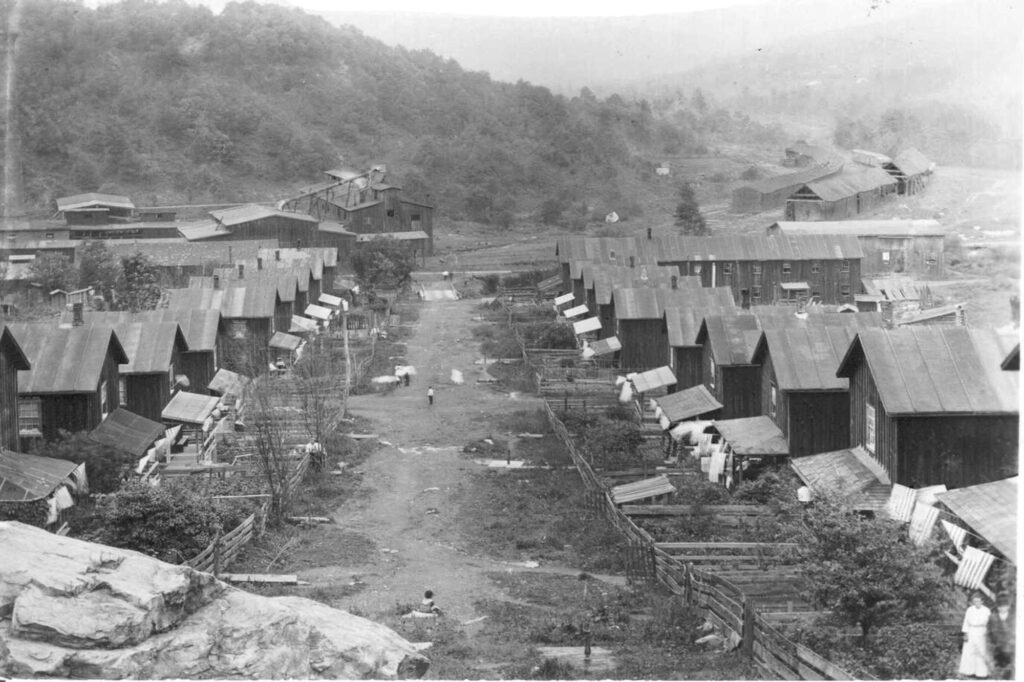Heritage / Our Roots
Heritage / Our Roots
The lumber industry in Central Pennsylvania played a pivotal role in the building of America during the 19th century. As the timber resources in New England began to dwindle in the 1820s and 30s, East Coast investors turned their attention to the vast virgin forests of Central Pennsylvania. This shift spurred the expansion of industrial lumbering in the region, which soon became a crucial supplier of lumber products to the rapidly growing cities along the East Coast.

The rich timber resources of Central Pennsylvania attracted not only investors but also a wave of new immigrants seeking opportunities in the burgeoning lumber industry. The industry’s growth was supported by an intricate system of water-based logging methods, including logging camps, log slides, splash dams, log drives, and log booms. Sawmills sprang up along waterways, processing the abundant timber into usable lumber.
The influx of skilled laborers and the adoption of industrial production methods professionalized lumber operations. This period saw the development of a dual economy in Central Pennsylvania: the lucrative lumber industry thrived alongside byproducts such as tanneries, which processed hides using tannins extracted from hemlock bark, and localized farming that supported the timbering operations.
Initially, water-based transportation was the dominant system for moving logs from the forest to the mills and markets. However, as the industry evolved, trains gradually replaced rivers and canals as the primary means of transportation. The advent of railroads facilitated the more efficient and reliable transport of lumber, further integrating Central Pennsylvania into the national economy.
The timber harvested from Central Pennsylvania’s forests was instrumental in meeting the high demand for building materials as America expanded. From constructing homes and businesses to providing the raw materials for infrastructure projects, the lumber industry significantly contributed to the physical and economic development of the nation.

Central Pennsylvania’s lumber industry in the 19th century was a cornerstone of American growth, supplying essential building materials and driving economic development. The region’s vast timber resources, skilled labor force, and innovative transportation methods positioned it as a key player in building the America we know today.
By understanding the historical significance of Central Pennsylvania’s lumber industry, we gain insight into the foundational role it played in shaping the nation. The legacy of this industry is reflected in the enduring contributions to the economy and infrastructure, underscoring the importance of sustainable forestry practices that continue to support communities and industries.
Heritage
During the era of the Great Depression, many young men left school to help support their families. Traditional educational paths were disrupted for countless individuals. The Civilian Conservation Corp (CCC), launched in 1933 as part of President Franklin D. Roosevelt’s New Deal,... Read more
© 2025 Lumber Heritage Region LLC | Website Designed & Hosted by Pixel & Hammer